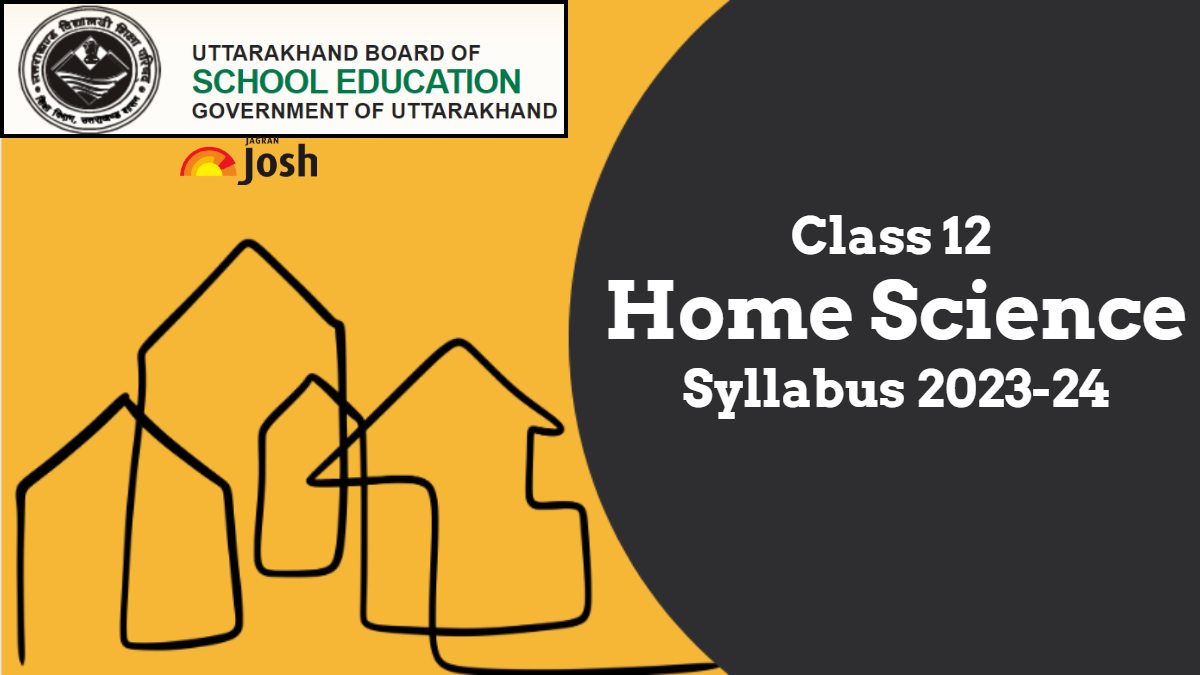CAT 2023 Registration Closes Today, Apply Online on iimcat.ac.in
[ad_1] CAT 2023: CAT 2023 registration process ends today i.e, 13th September 2023 at 5:00…
[ad_1]

Unit I: Know Little Children (0-3 years)
Some specific characteristics: physical and motor-height, weight and body proportions; motor development during 0-3 months, 3-6 months, 6-9 months, 9-12 months and 1-3 years (milestones only); social and emotional developments; recognition of people around; socialization, expression of emotions; cognitive development; learning through concrete operations and language development.
Protection from preventable diseases: immunization – concept and types (natural and acquired),breast feeding (one of the ways to develop natural immunity); immunization chart; symptoms and incubation period of childhood diseases – TB, DPT, polio, measles, cholera, diarrhoea.
Special needs of disadvantaged and disabled children: socially disadvantaged, physically handicapped (partially blind & deaf, affected/missing limb): characteristics & needs.
Substitute care at home and outside: siblings, grand parents, neighbours creche, day care centres etc: Integrated Child Development Scheme (ICDS) – objectives and functions.
Unit II : Nutrition for Self and Family
Planning meals for the family: meaning and importance of meal planning, principles and factors affecting meal planning, planning meals for the family; keeping in mind the needs of individual members, including children, pregnant women, lactating mother, members suffering from fever and diarrhoea; role and preparation of ORS.
Ways to ensure good health for the family: using safe drinking water-importance of potable water for good health, qualities of safe drinking water; household methods of making water safe for drinking; boiling, filtering, use of alum and chlorine tablet role of hygiene for food handlers at home level. Safety against food adulteration, definition and meaning of food adulteration as given by PFA; common adulterants present in cereals, pulses, milk and milk products, fats and oils, sugar, jaggery, honey, spices and condiments. Ill effects of some of the adulterants present in the foods: kesari dal, metanil yellow, argemone seeds.
Unit III : Money Management and Consumer Education
Family Income: various sources of family income: (i) money income, (ii) real income, direct and indirect; Supplementing family income-need & ways; need and procedure for keeping household accounts.
Savings and Investment: meaning and importance of savings; ways/methods of investment banks, post-office, LIC, Units, PPF, PF; basis for selection of method of investment risk, security, profit, tax saving.
Consumer Protection and Education: meaning, problems faced by consumer, Consumer Protection Act (1986) and Services; Consumer aids: levels, standardization marks, advertising, guidebooks/leaflets, Consumer redressal forum.
Unit IV: My Apparel
Clothing and its relation to personality: Elements of line, colour, texture: elements of design: balance, rhythm, proportion, harmony, emphasis; factors that influence the selection of clothes: personality, age, climate, occupation, figure, occasion, fashion; selection and purchase of fabrics. Purpose, quality, cost, season, reliable shop.
Checking size and quality in ready-made garments, need and criteria: seams, hem, plackets, fasteners, workmanship, design, drape.
Care of clothes: General principles and precautions to be followed while removing stains and washing: Cleansing agents: soaps and detergents (basic differences); Storage of clothes.
Unit V: Things I can do with my Home Science Education
Application of knowledge of Home Science in everyday life. Usefulness of some of the skills learnt here for supplementing family income. Skills learnt here can be gainfully used for employment (self-employment, apprenticeship). Further training required to make this field a career: various sources and facilities available for training.
[ad_2]
Source link